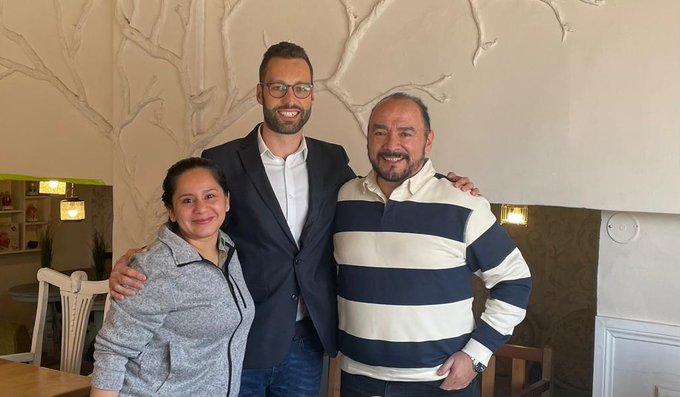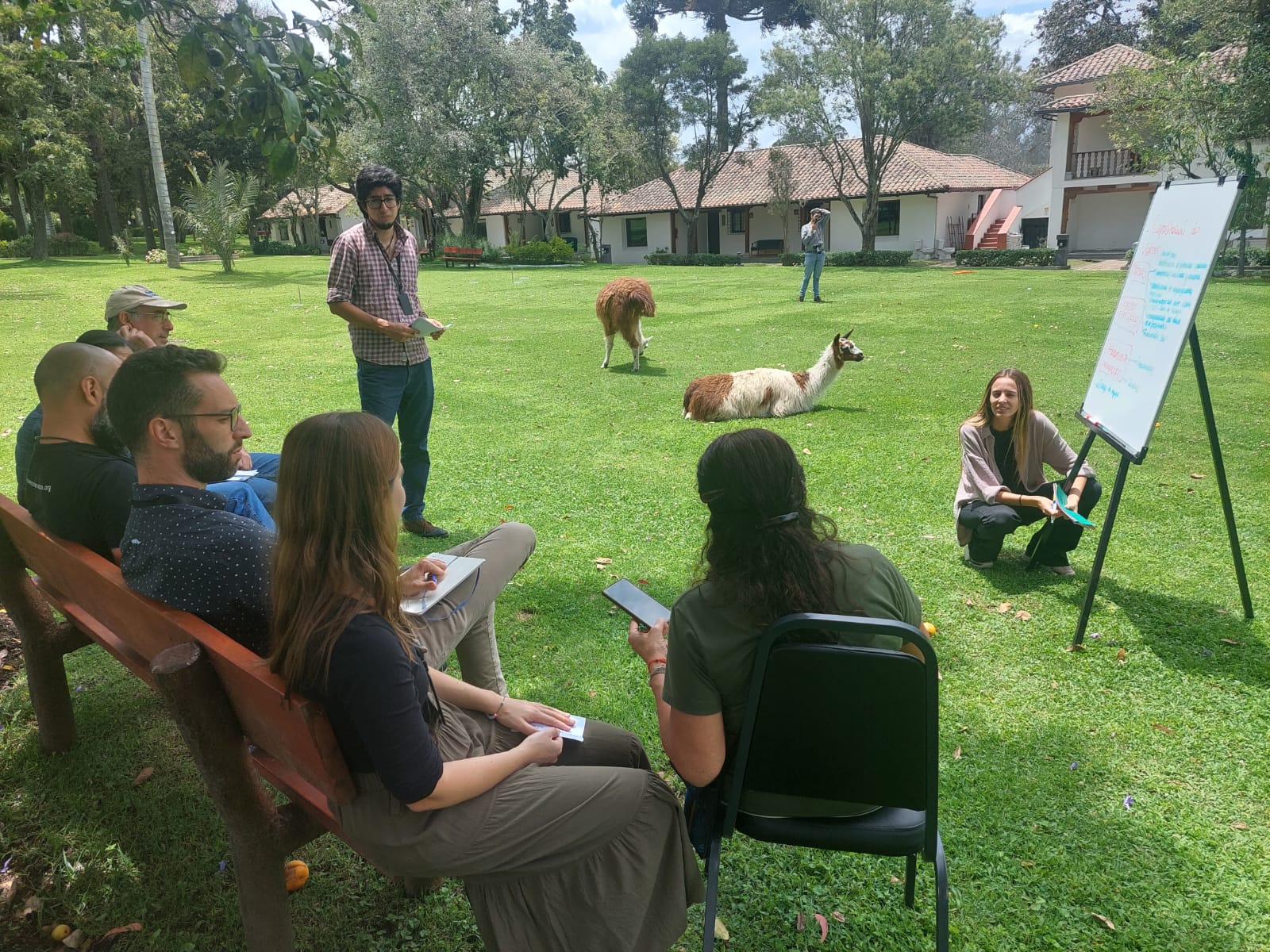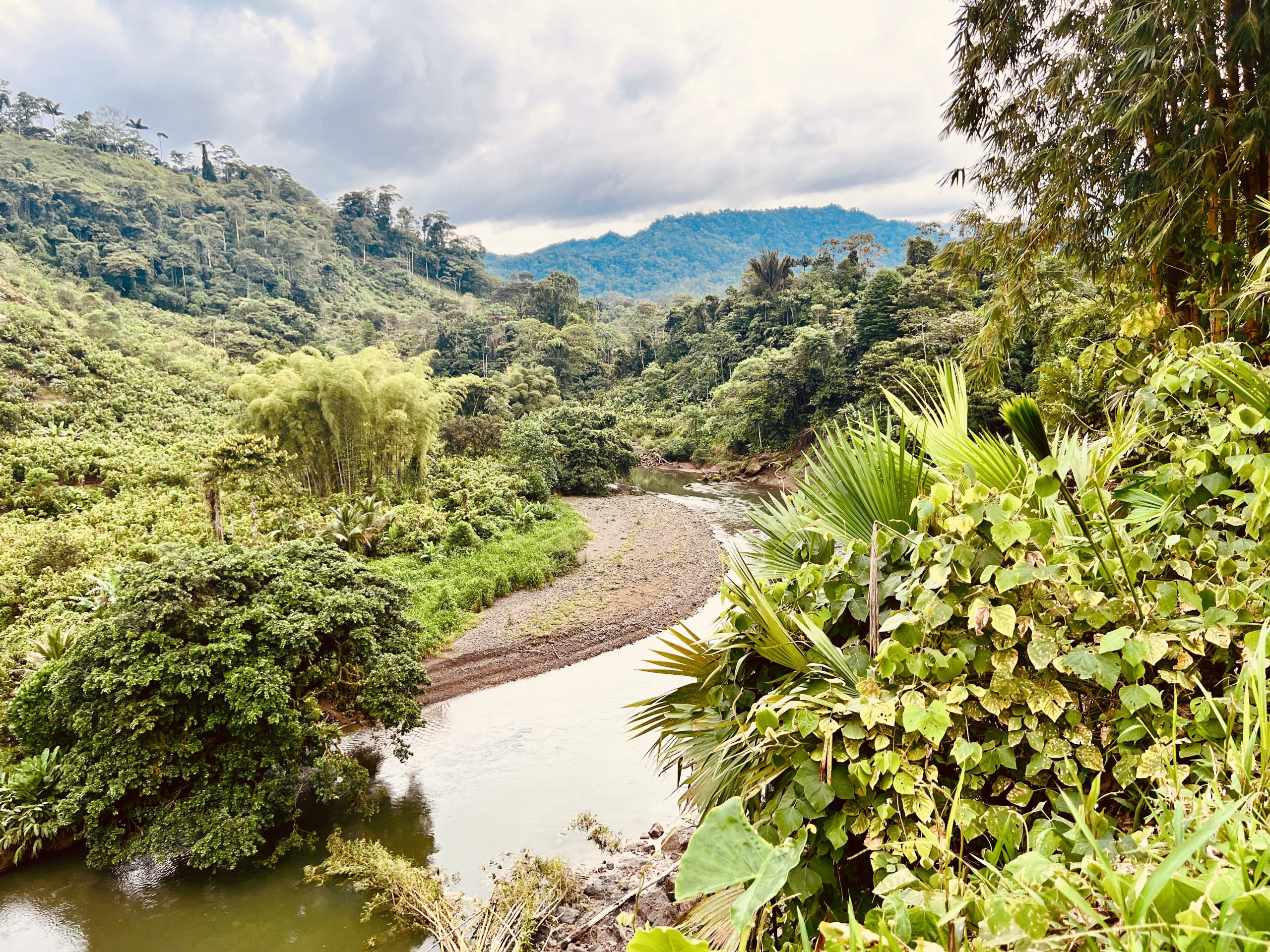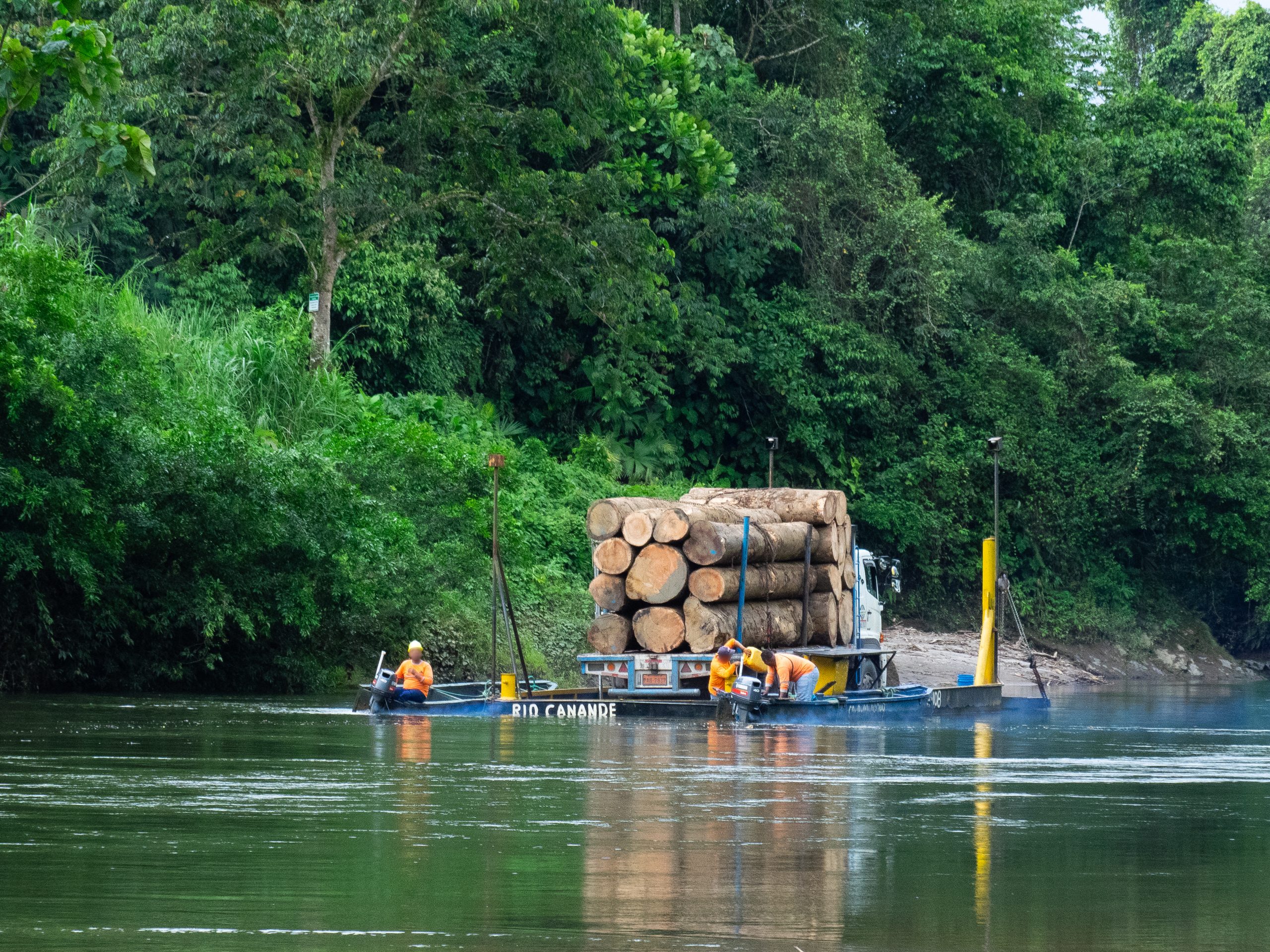By Greg Spira, Senior Program Director – International Conservation
Greetings birders! I am Birds Canada’s newly fledged Senior Program Director supporting our teams design and roll out of international conservation initiatives.
In case you missed it, Canada’s great movement of birds is largely done for the season. The Ruby-throated Hummingbirds have buzzed off to Panama; the Olive-sided Flycatchers now snatch flying beetles on the margins of Colombia’s tropical forests; and the Blackburnian Warblers are now settling in to the cloud forests of the Choco Andes in Ecuador. Canada’s birds eschew airport security, commercial airlines, and passport controls.

Ecuador Cloud Forest Photo: Greg Spira
In October, a week after joining the Birds Canada flock, colleagues and I took flight to South America. Our goal? To build partnerships that protect the habitats of at-risk and critically endangered birds making the journey between forests, tundra, and grasslands in the Northern Hemisphere to South America’s rainforests, coastlines, deltas, and high-altitude plains. Since nearly 80% of “our” birds migrate out of the country, working for Canada’s birds means collaborating with other groups protecting ecosystems in Latin America and the Caribbean (LAC).
And there are many inspiring environmental leaders doing just that!
In Peru, Patrick Nadeau, President and Chief Executive Officer with Birds Canada, met with the CEOs of several environmental funds collectively forming the Network of Latin American and Caribbean Environmental Funds (RedLAC), a network with 27 members in 19 countries throughout LAC. In Nadeau’s words, “the reach of working with RedLac members is incredible. Imagine being able to contribute to protecting 50% of the world’s tropical forests and 50% of the world’s birds!”

Patrick Nadeau, Birds Canada’s President and CEO (center) with CEOs of environmental funds collectively forming the Network of Latin American and Caribbean Environmental Funds
Onwards to Ecuador, one of the most biodiverse countries in the world!
Assembled in Quito, Latin America members of BirdLife Americas, a family of organizations, came together to discuss protecting the most at-risk species of birds regardless of whether they are residents or migratory species. As Adrian Torres, Director of Conservation and Development of Association of Andean Ecosystems (ECOAN), said, “This year in Peru’s high-elevation polylepis shrub and tree forests, we identified 45 species – 41 of these are threatened because 90% of the forest has been lost in Bolivia and Peru!” ECOAN brings whole communities – women, men, youth – together to restore polylepis forests and grow sustainable livelihoods. “Birds are the ideal entry point for communities to restore ecosystems. We can make sure both birds and people benefit forests,” Torres continued.
We have the opportunity to discuss how Birds Canada could work with over 40 BirdLife America family members for the recovery of migratory bird populations from Canada’s North to Bolivia and beyond. As Andrew Couturier, Senior Director, Landscape Science and Conservation with Birds Canada said, “We talked about everything from building community buy-in for conservation, to establishing key biodiversity areas (KBAs) to how to better use bird migration data collected by our Motus Wildlife Tracking System!”

Mapping collaboration with BirdLife family members in Quito, Ecuador. Photo: BirdLife International
We then traveled two hours to Mindo – the first Important Bird Area (IBA) in South America – for the South American Bird Fair. Located in the heart of the Choco Andino Biosphere Reserve, Mindo is living proof that bird tourism can be an economic boost in Latin America with 680 bird species recorded throughout the region drawing birders and conservationists alike.
Finally, we got to sneak in some birding! As a birder-on-hiatus for the last 10 years, seeing 37 unique species sent shivers down my spine. In Mindo, I saw a bird I’ve always wanted to see: the Golden-headed Quetzal! We saw our first Canadian migrant, a female Blackburnian Warbler!
Approaching Ecuador Canandé Reserve, accompanied by some of Jocotoco Foundation’s leading conservationists and community-based park rangers, we came face-to-face with deforestation – one of the key threats facing both resident and migratory birds alike. Canandé Reserve is over 25,000 hectares of privately protected lowland tropical forest and provides a critical corridor to other protected areas, including parks and lands managed by the Chachi peoples.

Canande River crossing Photo: Greg Spira

Logging is a key driver of habitat loss in the Chocó Forest of Ecuador. Photo: Greg Spira
Visiting Canandé was an honour. Antonio Paéz of Jocotoco Foundation said it best,
“We are protecting one of the most biodiverse spots in the whole world. Unfortunately, only 2% of the original lowland Choco forest is left – due to deforestation and agriculture – so it is critical that we protect this area – that we work with many other actors and communities to try and preserve this in perpetuity.”

Overlooking Canande from Jocotoco Lab Photo: Greg Spira
Incredible biodiversity indeed! My thumbs tried valiantly to enter into eBird all 20 species we saw feasting in the mid and upper canopy of what we called “a tree of life.”
Familiar to Canadians that day were Swainson’s Thrushes, Olive-sided Flycatchers, and Turkey Vultures.
We were overwhelmed by over 60 other resident species – some resplendent, some reclusive – including Blue Dacnis, Choco Poorwill, Choco Tyrannulet, Choco Toucan, Golden-hooded Tanager, and Purple-crowned Fairy, and a pair of Red-capped Manakins.
Undoubtedly, this excursion was the best way for me to start at Birds Canada and rekindle my love of birds! I cannot wait to continue building momentum towards strong partnerships across the globe to better increase the understanding, appreciation, and conservation of Canada’s birds both at home and abroad.
